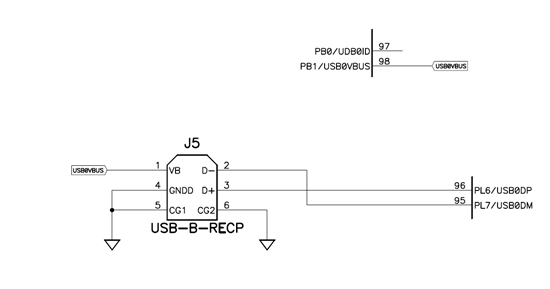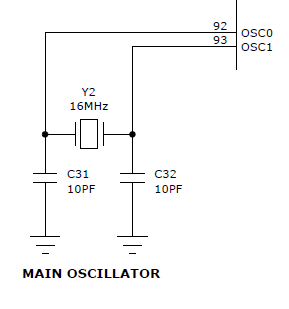Hello,
I have been developing a USB bulk device application for the TM4123GH6PGE. I have been using the LM4F232H5QD Evaluation board and we have recently had a prototype board made for our device using the TM4123GH6PGE. The problem is that when I run the application on the prototype, windows does not recognize the USB device and creates an unknown device with error code 43.
When I look at the properties of the device in windows, the hardware and vendor ids are both zero. I do know that when the bootloader runs the DFU device does appear correctly in windows and flash programming can be completed without issue. If my device attempts to switch to DFU mode, that does not work either and the same unknown device appears in windows. I can get the DFU device to be recognized by windows by erasing flash which forces the bootloader to run.
The main difference in the hardware for our design is we are using the standard USB cable with a 6-pin B side, as opposed to the micro-B connector used on the eval board. The connector has no direct connection to PB0 USB0ID because we are not attempting to use OTG mode, and the documentation implies that when set as a device, this pin can be left floating. Pins 4, 5, and 6 are grounded, pin 1 is connected directly to VBUS, pin2 to USB0DM, and pin3 to USB0DP.
I am having difficulty determining why I cannot run the same code that runs on the eval board on the prototype board. I believe the design of the board is correct because the DFU device works exactly as it should when started by the bootloader. Any help would be greatly appreciated.
Jon



